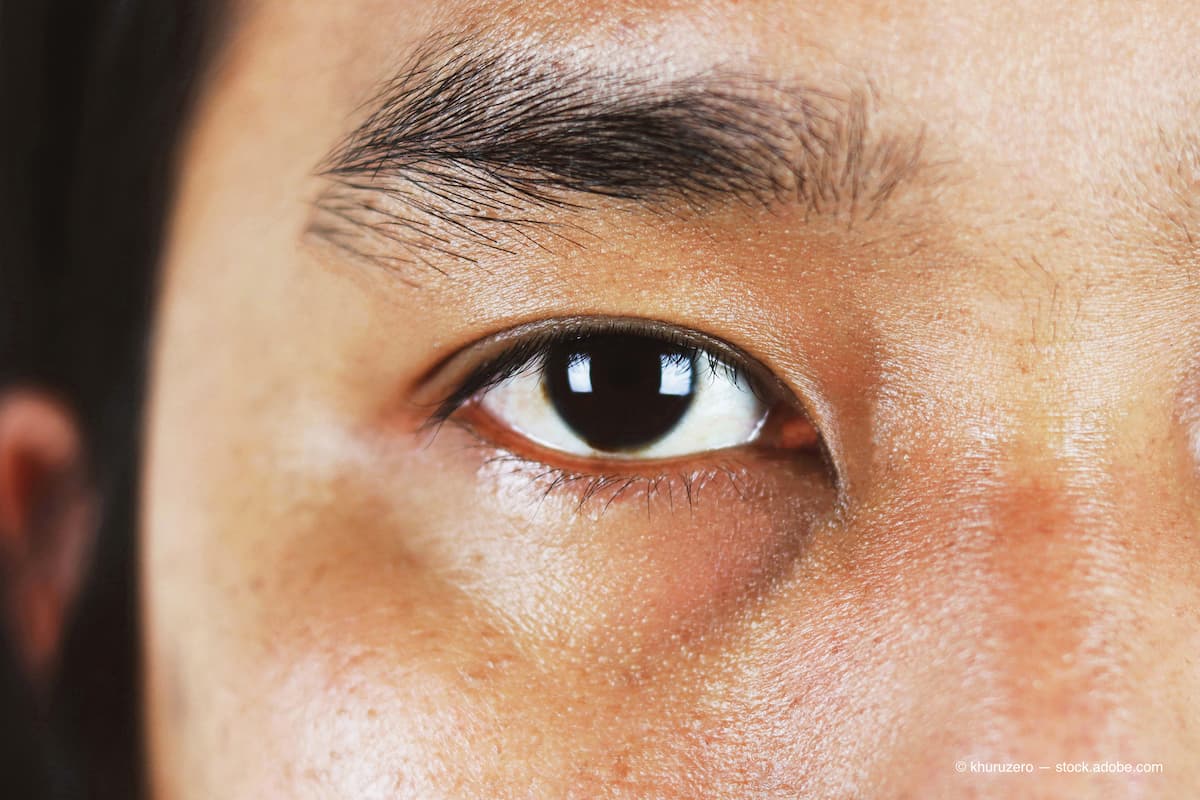Article
Retrospective study of AMD remote monitoring shows improved outcomes for patients
According to the ALOFT study, patients demonstrate improved long-term vision in real-world setting after wet AMD conversion compared to current standard of care.

Notal Vision Inc. this week is detailing the results of its Analysis of Long-term visual Outcomes of ForeseeHome Remote Telemonitoring (ALOFT) study, which showed long-term visual outcomes for patients participating in the Medicare-covered, AI-enabled ForeseeHome AMD Monitoring Program, provided by the Notal Vision Monitoring Center.
Study results were published in Ophthalmology Retina.
According to the company, the retrospective study followed 2123 dry AMD patients, from 5 retina specialist practices over a 10-year period, with a goal of understanding visual outcomes of patients participating in the digital healthcare program. Visual acuity (VA) at conversion to wet age-related macular degeneration (AMD) was 20/39, vastly exceeding the mean VA of 20/83 using current standard of care (relying on office visits and patient self-reported symptoms) alone as shown in the American Academy of Ophthalmology’s IRIS Registry.1
More importantly, Notal Vision pointed out that the long-term treatment outcomes of patients whose conversion was detected early using remote monitoring had an average VA of 20/32 after an average of 2.7 years of treatment, a stark contrast to a typical patient’s VA of 20/80 after 2 years of follow-up using current standard of care as reported earlier1 based on the IRIS Registry.
Wet AMD is the leading cause of blindness in the United States. Despite multiple approved therapies, Notal Vision pointed out that the long-term real-world outcomes for patients have been underwhelming, often due to late detection of the conversion from dry to wet AMD that can lead to irreversible vision loss at the time of treatment initiation. The ALOFT study was designed to understand if dry AMD patient remote monitoring provides enhanced visual outcomes for this at-risk population through early detection. Study investigators included physicians from the retina specialist practices that participated in the study.
“We expected to see better outcomes with ForeseeHome given the extensive experience we have with the program in our practice, but we were truly amazed by the magnitude of long-term benefit for the patient population,” Richard Garfinkel, MD, study investigator from Retina Group of Washington, said in a statement. “Adopting a remote monitoring paradigm to augment the customary interval office visit is a game changer for AMD patients.”
Notal Vision noted that the investigators also studied the patient compliance rate, which is extremely important in determining the efficacy of a remote monitoring program. The study showed an average testing frequency of 5.2 ForeseeHome tests per week.
“The excellent compliance rate illustrates the importance of remote patient engagement by the clinically trained staff members at the Notal Vision Monitoring Center,” Jennifer Jacobs, MD, a medical director at the Monitoring Center, said in a statement. “This testing frequency was maintained for as long as 10 years by patients on the program.”
The company’s remote monitoring system uses a test called peripheral hyperacuity perimetry (PHP), which is highly sensitive in detecting small changes in the retinal structure that may indicate the conversion from dry to wet AMD early. The FDA cleared, AI-enabled device is used by patients at home, between their regularly scheduled eye appointments. The Notal Vision Monitoring Center alerts referring physicians of abnormalities that may warrant an office visit for further diagnostic testing and potential treatment initiation.
Kester Nahen, PhD, CEO of Notal Vision, pointed out that the ALOFT study shows a promising path for millions of dry AMD patients currently at risk of vision loss.
“The service our monitoring center provides to referring physicians and their patients helps protect vision for those who require long-term therapy,” Nahen said in a statement.
References
Ho AC, Kleinman DM, Lum FC, et al. Baseline Visual Acuity at Wet AMD Diagnosis Predicts Long-Term Vision Outcomes: An Analysis of the IRIS Registry, Ophthalmic Surg Lasers Imaging Retina. 2020;51:633-639.
Mathai M., Reddy S., Elman M.J., Garfinkel R.A., Ladd B., Wagner A., Sanborn G.E., Jacobs J., Busquets M., Chew E.Y. & on behalf of the ALOFT study group, Analysis of the Long-term visual Outcomes of ForeseeHome Remote Telemonitoring - The ALOFT study, Ophthalmology Retina. (2022), doi: https://doi.org/10.1016/j.oret.2022.04.016.




